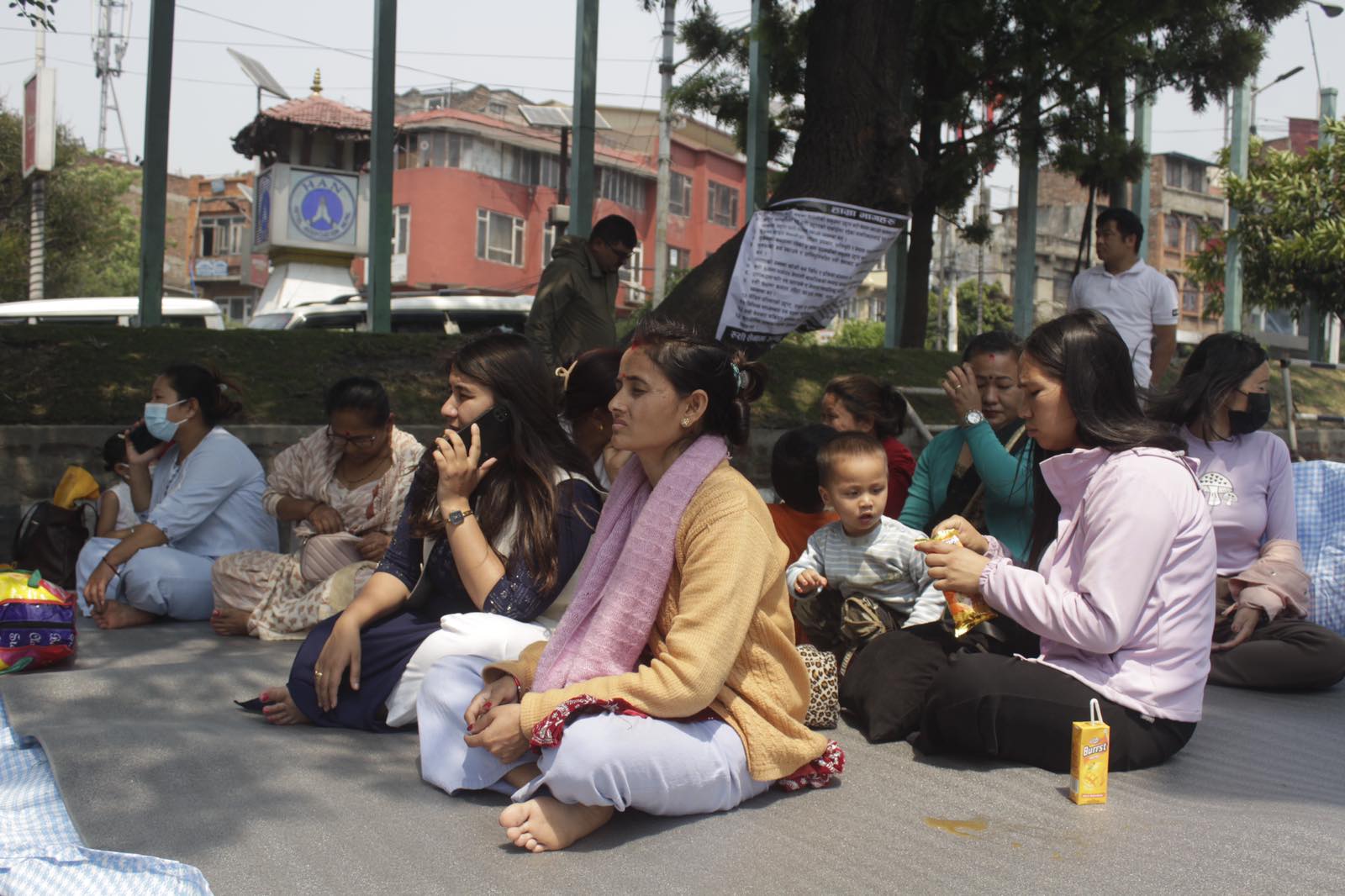
OR
First phase voting
Going into the first phase of the combined provincial and federal elections, which will mark a formal end of the over decade-long political transition that started with the overthrow of monarchy in 2006, it is worth reminding ourselves just how remarkable the course of national politics has been in this time. When the Maoists formally renounced violence with the signing of the Comprehensive Peace Accord (CPA) on November 21, 2006, there was a limitless hope for the ‘New Nepal’ it was heralding. But there were also many apprehensions, including over the willingness of the Maoist party, which had set out to establish the ‘dictatorship of the proletariat’, to play by the democratic rulebook—the party, after all, had its own army. The newfangled Young Communist League (YCL) struck terror among businesspeople and industrialists they shook down for donations. Many averred that the Maoists were running a parallel state. Highly suspicious of the mainstream parties, the Maoists were extremely reluctant to let go of their military apparatus. It was only in 2011, after considerable coaxing and cajoling by national and international actors alike, that they agreed to end the state of ‘one country two armies’.
The other important developments in this long transition were the two Constituent Assembly elections, held in 2008 and 2013 respectively. Either of these elections could have been postponed or not held at all. The suspicions over the Maoists, who at the time were still to formally renounce violence, threatened to scuttle the first CA polls in 2008. In 2013, with the duty of holding the second CA elections entrusted to an unelected (and unconstitutional, some argued) government, and with certain political and criminal elements determined to foil elections, the ‘peace and constitution’ script could also have gone terribly wrong. But with near 80 percent participation, the sovereign people made the elections a resounding success. The new elected assembly, after eight long years of constitutional deliberations in the country, finally delivered a new constitution in September 2015. The election of the second Constituent Assembly and the promulgation of new constitution were both remarkable events: so many things could have gone wrong in so many places. This is why on this day of the beginning of the end of the long political transition Nepali people—as well as their chosen representatives—can justifiably feel proud of their collective achievement.
And it is to preserve all the gains we have made after 2006—federalism, secularism, proportional representation of marginalized groups, gender equality, greater decentralization—that we should go out and vote today, and on December 7, the second phase. Not that Nepali people need any urging. A whopping 75 percent voted in the recent local elections. We have much to celebrate today. Compared to the high levels of violence witnessed before previous elections, the lead-up to November 26 has been relatively peaceful. Electoral rallies are also more civil, and the public walls in our towns and villages have not been defaced. And there is now a distinct possibility of new political forces emerging from elections. These are all signs of a maturing democracy, warts and all. And there could be no better endorsement of it than going out and voting today. To peace, prosperity and stability then.
You May Like This

Long-delayed Chameliya starting generation from end of December
KATHMANDU, Oct 5: The long-delayed Chameliya Hydroelectric Project (30 MW) is finally starting generation by the end of December. ... Read More...

Sagoon files for regulation A+ (Mini-IPO), plans to raise $20 million starting February
KATHMANDU, Jan 10: Sagoon (www.sagoon.com), a US based social commerce startup, announced the filing of a Regulation A+ (MINI-IPO) with... Read More...

PHSC starting hearing of proposed CEC tomorrow
KATHMANDU, July 7: The Parliamentary Hearing Special Committee (PHSC) is to conduct the parliamentary hearing of Ayodhi Prasad Yadav, who... Read More...

Just In
- Sajha Yatayat cancels CEO appointment process for lack of candidates
- Govt padlocks Nepal Scouts’ property illegally occupied by NC lawmaker Deepak Khadka
- FWEAN meets with President Paudel to solicit support for women entrepreneurship
- Koshi provincial assembly passes resolution motion calling for special session by majority votes
- Court extends detention of Dipesh Pun after his failure to submit bail amount
- G Motors unveils Skywell Premium Luxury EV SUV with 620 km range
- Speaker Ghimire administers oath of office and Secrecy to JSP lawmaker Khan
- In Pictures: Families of Nepalis in Russian Army begin hunger strike















_20240419161455.jpg)

Leave A Comment